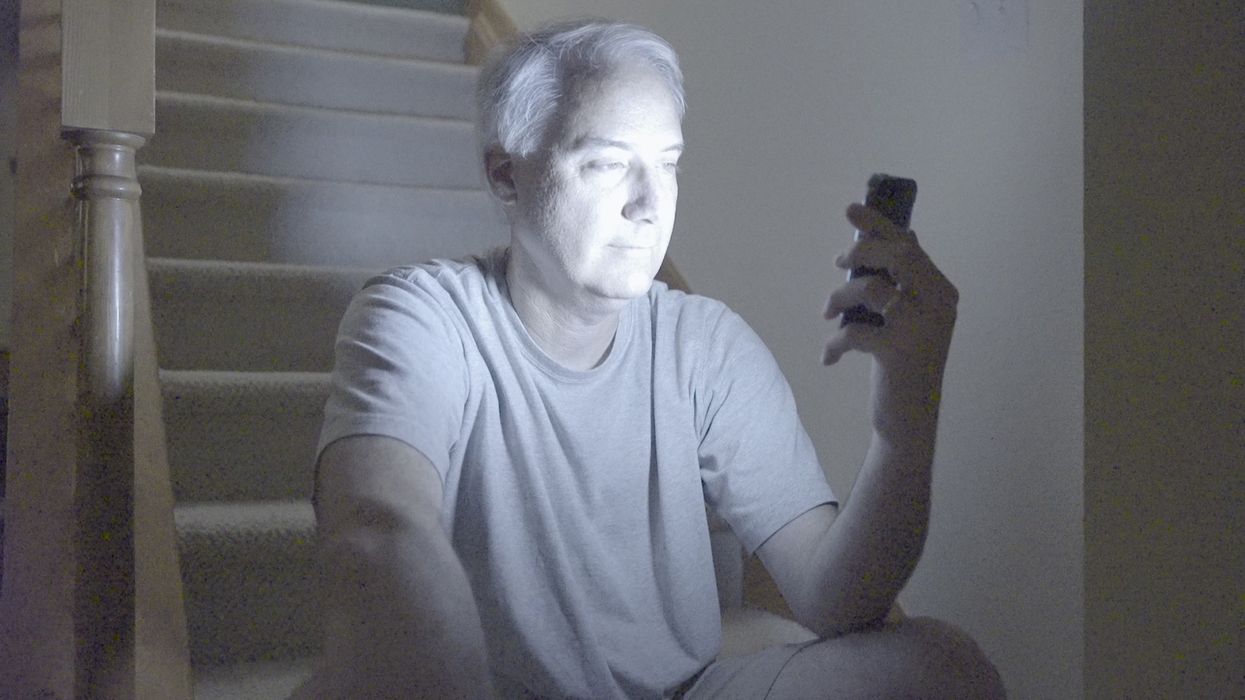Low-Light Showdown: Sony a7S vs. Panasonic GH4 vs. RED EPIC MX

We know the Sony a7S has quite a bit of dynamic range and terrific low-light performance, but how does it stack up against the Panasonic GH4, and a much more expensive camera, the RED EPIC? James Drake, with some help from Dave Dugdale, took the camera for a spin along with his personal EPIC and a GH4, to see just how far he could push all of them in a scene with minimal light. Though the MX sensor in the EPIC is around 5 years old, it's interesting seeing how far the newest tech has come.
Here is the video from James Drake's post, with some still images below:
Our setup was using a Tamron 24-70 F2.8 on the Red Epic and A7s (via metabones adapter) and the 12-35 F2.8 on the GH4. All cameras were set to 2800k. We used Dave’s iphone at full brightness to key his face and the rest of the room was dark.
Some ISO 3200 samples (click for larger):
RED EPIC MX using REDgamma3
Sony a7S using the Cine4 Profile
Panasonic GH4 using the Natural Profile, Contrast at -3, Sharpness -3
And just for fun, here is the a7S in Slog2 at 409,600 (all lit just with the iPhone):
Granted, it's important to keep in mind that the RED EPIC is a very different camera -- it shoots RAW images and very high frame rates at 5K, and saves most image adjustments for post, whereas the other two cameras do a tremendous amount to their images in-camera, and are both limited to 8-bit internally (though the GH4 can record to 4K without an external recorder).
Most people will also be using more than just a phone to light their subject, but there are major advantages to having a camera that is this clean in low-light. One of the biggest to me is that you can use slower lenses. For example, you don't need to shoot everything at 1.4 or 1.8, which can make focusing more difficult, especially with a full-frame sensor. You also can use lenses that are even slower than the ones used in this test. For example, Canon's 24-105mm f/4, which covers a huge range on full-frame, is a full 3 stops slower than an f/1.4 lens. That means if your scene requires 1600 ISO at f/1.4, you'd need 12,800 ISO at f/4. That's not going to look great on the EPIC and GH4 even with a bit of noise reduction, but the a7S will be able to deal with it pretty easily.
So while these super low-light cameras open up some interesting options in terms of low-light shooting, one of the huge benefits is being able to shoot in more difficult situations with slower lenses, or being able to stop down so that you can focus easier.
For more on this test, and to see more images from different ISOs, check out this post.
Links:















